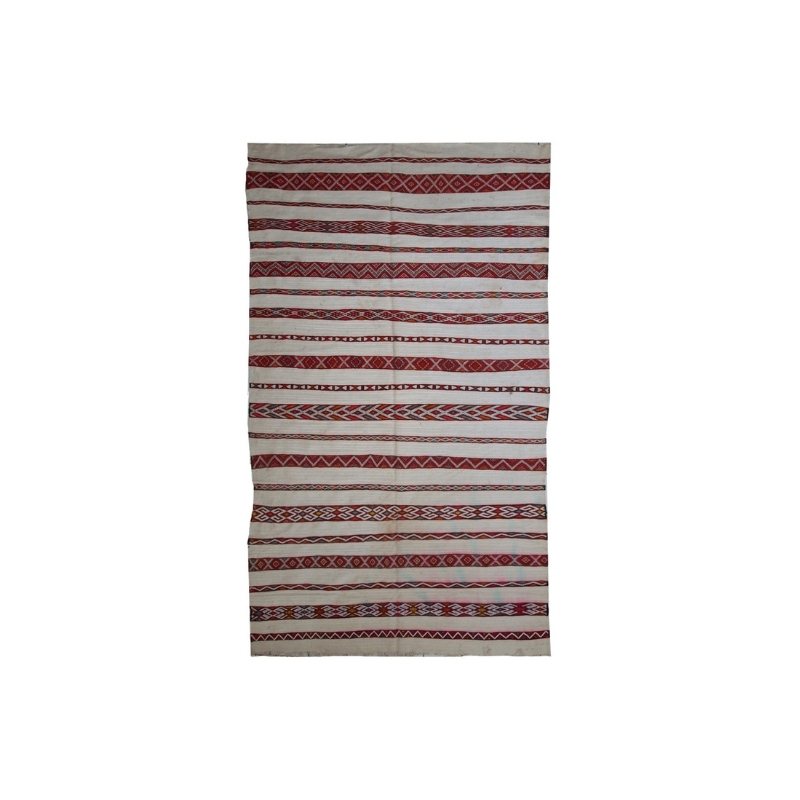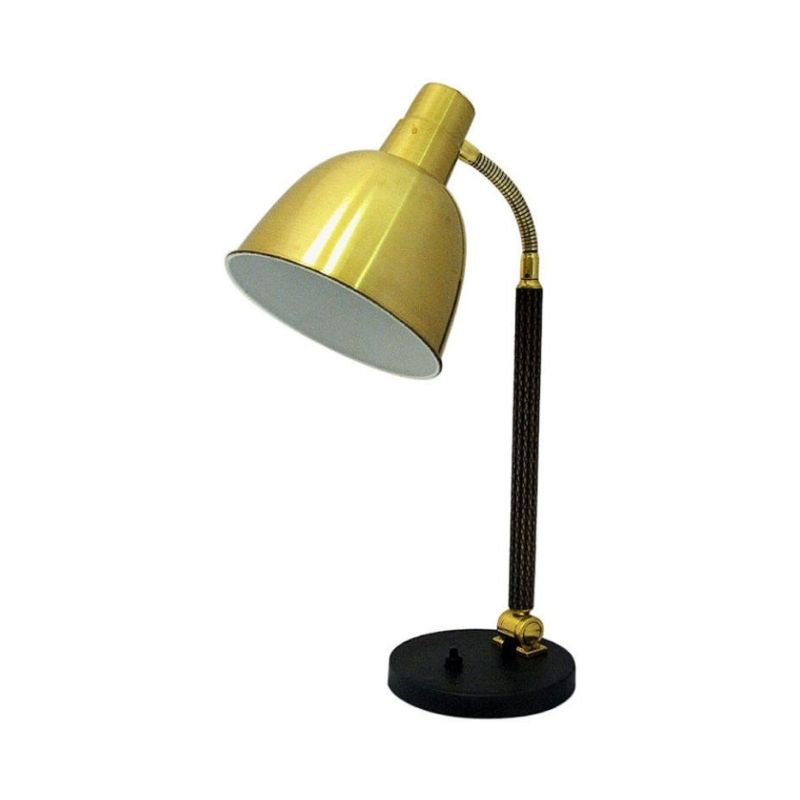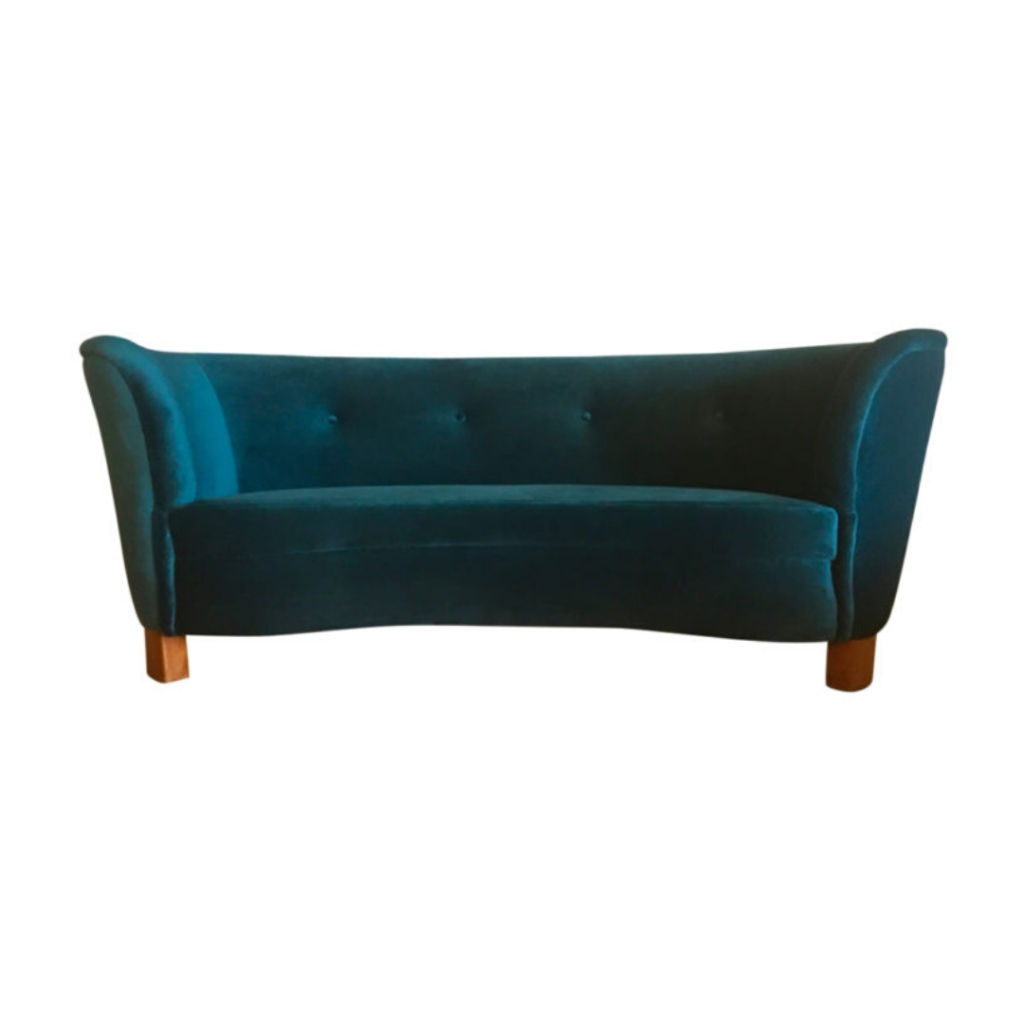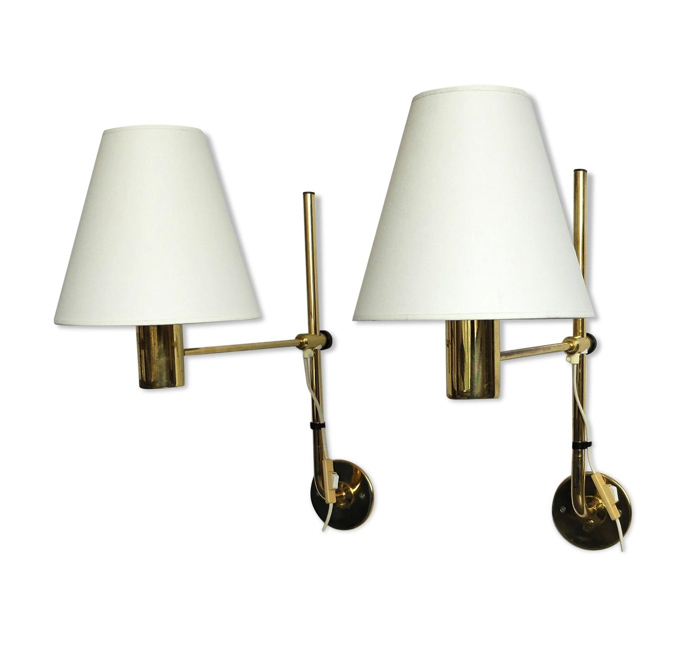Koen I agree - I wanted to...
Koen I agree - I wanted to note Stickley primarily for his ambitious and highly integrated promotion of a cultural design aesthetic which contained I think at the very least the pioneering tone of Modernism in this country as I see it. Morris in Europe definitely, the Bauhaus, maybe Mackintosh to a degree, and here, Wright, Stickley, etc., all of these great figures rolling forward on square wooden wheels.
Christopher Dresser
Surely the first modernist?
Take a look at this guy's stuff from the Nineteenth Century..
http://www.designmuseum.org/design/christopher-dresser
The lights of Modernism...
The lights of Modernism undoubtedly were flickering earlier and stronger in Europe than the USA. Stickley visited Europe I think in the late 1890's - as Koen noted, his vision was greatly influenced/informed by the work of Morris/Ruskin. Dresser visited Japan some 20 years even prior to that (1877), and I believe it was at this time his vision, especially his view on ornamentation in design, began to shift dramatically. As far as Modern is concerned in the States, I continue to believe that it was primarily Wright and Stickley who facilitated and advanced the movement in the most profound manner. For whatever reason, I do not see Sullivan as Modernist, even if Wright has acknowledged him as one of his only influences. To read Wright of course, one would be led to believe that the most comprehensive vision originated with himself alone - by some accounts even, the ideas of others, including Stickley, were viewed by Wright as sophomoric at best. But if one really wants to split hairs, the birth of Modernism more likely occurred centuries ago in the minds of individuals we will never know. Maybe the title of this thread should have been 'when modern went away to college' or 'when modern pissed off the boss' or...your title here. Ideas and movements are rarely "born" but are rather "being born". Some folks certainly have been able to invigorate and expound upon their subjects in ways that are qualitatively different than others, regardless of any apparent chronology. The roles and contributions of all the minds mentioned here I would guess were very important, even crucial in some cases, to the advancement of the vision of Modernism, or the growing up, as we currently perceive it. One thing is for certain, Wright didn't live in a Dyson.
My previous post should have...
My previous post should have read "To read OF Wright, rather than "To read Wright". Wright of course would clearly identify Japan as a primary source of Modernism, and felt I think that the European movement either failed or purposefully chose not to adequately acknowledge the Japanese influence, although it is historically pretty clear, especially within the realm of art, specifically the development and influence of the woodblock print. I may be remembering this wrong, but I think Wright's first exposure to Japanese culture was at the 1893 Chicago World's Fair, also attended by Gustav Stickley, the Greene brothers, etc,.
Dear hudsonhonu
Some of your thoughts are very much in line with my own. Mouvements are not born one day, and not delivered by one person. That is also what irritates me in the kind of "story" that Natalia Ilyin is serving us in Adbusters. But you said it clearly so I am not going to repeat it. I wanted to ad something to your remark that you do not see Sullivan as "Modern" I can agree with that to, but I have always made a difference between the ideas and the formal language we give them. In the case of modernism the ideas preceeded the form-language by almost two generations. So Sullivan and before him, his employer LeBaron Jenney are using the modernist form language, but are very articulate functionalists. Mies Van Der Rohe's famous drawing of the glass buildings, now in the MoMA (used as illustration in the Adbuster article)was only possible thanks to LeBaron Jenney's curtain walls. In that sense he is a modernist. But the interesting part is not to look back but to look forward and I think that much of what we see in form language today, although very different from the early modern mouvement, is often far closer to the "machine-form-language" that the Bauhaus advocated. Strangely enough the constructivist influence made them believe that straight surfaces, 90 degree angles, basic platonic shapes etc. were machine friendly...we know they are not, in fact one of the few succesful Bauhaus products, Breuer's cantilever chair demonstrated that bending (making a curve) was more "machine-friendly" than a 90 degree welded angle. We know now that "organic" shapes in plastic are far closer to the proper machine language (it is actually very difficult to injection mould a geometrically correct cube) It leads me to believe...and hope that we will and can go on for a while within the "modernist" program, but with a much better understanding of the real production-inspired-shapes than the ones proposed (mostly by ignorance)by the early architects and designers. In other words, I can see the modernist program applied in a large number of form languages inspired by better understanding of the old and new possibilities of the new technologies
Excellent points all you...
Excellent points all you make Koen, and I hope well taken. My objection with Sullivan is probably very biased and not supportable, the language issue notwithstanding. There's just something about buildings designed with griffins on them that does me in! I hope the resurgence here of interest in the Art & Crafts and Modernist movements advances revelations and practices as well. There are some in the States who argue that neither have been significant as much more than fads, passing fancy, a Bassett mission style glider chair and a Modernica armshell in every garage!
If you need any help, please contact us at – info@designaddict.com









